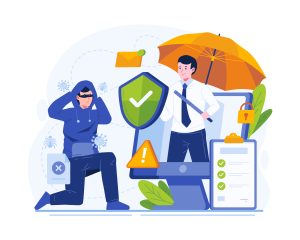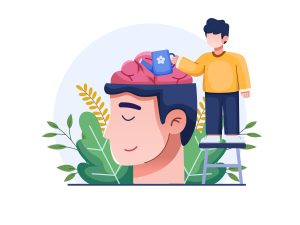What do you understand by “proof of learning”? For many organisations it seems to mean one or both of the following.
- At the least, it means test results stored in a Learning Management System. The learner took the course and answered the knowledge test questions at the end.
- Additionally, the learner may have completed a “happy sheet”, supplying additional information about the learning experience.
If you’re familiar with Kirkpatrick’s evaluation model (50 years old but still a great improvement on its successors), you’ll recognise that these “proofs of learning” correspond to his Learning and Reaction levels of evaluation.
So what’s the anomaly? We recognise that workplace learning needs to be about behaviour (Kirkpatrick level 3), about the day-to-day choices that people make in their working lives. That’s true whether we’re talking about traditional and instructor-led training, e-learning taken by an individual, or what is now called “workplace learning 2.0”, shared by a community. And we know that running off test score reports from the LMS won’t help us to predict how people will behave.
It may seem I’m making the familiar case for scenario-based training, but that’s not the argument I want to rehearse here. Instead, I want to draw a connection between proof of learning and performance management, by looking at consistent, recurring requirements for personal responsibility from HR departments, both private sector and public sector:
- Managers must manage, by taking responsibility for the performance of their staff and not trying to pass this off to HR, especially when it comes to under-performance and discipline.
- People must take responsibility for participating in their own development.
- The organisation must develop a culture of continuous performance improvement.
Let’s turn our anomaly into an opportunity. One way to satisfy these requirements is for managers and teams to engage in continual conversations about behaviour and performance, about those day-to-day choices. In other words, we need to give more attention to coaching.
But this is not simply the coaching of yesterday. Frequent face-to-face meetings are a luxury that many teams can’t afford; in any event, the “lesson” may be learnt only once, by the participants. Likewise for coaching via email. This is where the Web 2.0 technologies – from blogs, wikis and podcasts to on-line forums and Twitter – enter the picture. Using these, we can turn each coaching event into a persistent training resource.
Proof of learning comes from behaviour, not from knowledge tests. To deliver the behaviour your organisation needs, be sure to add continual performance management and coaching, supported by today’s technology, to the learning and development blend.
[This entry is based on my Extreme Blending talk at Learning Technologies 2009.]




